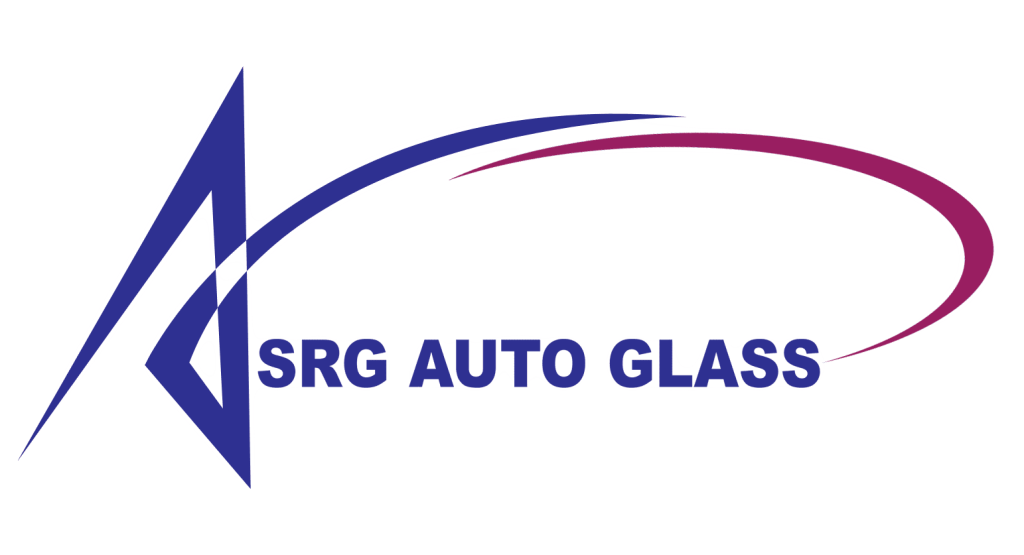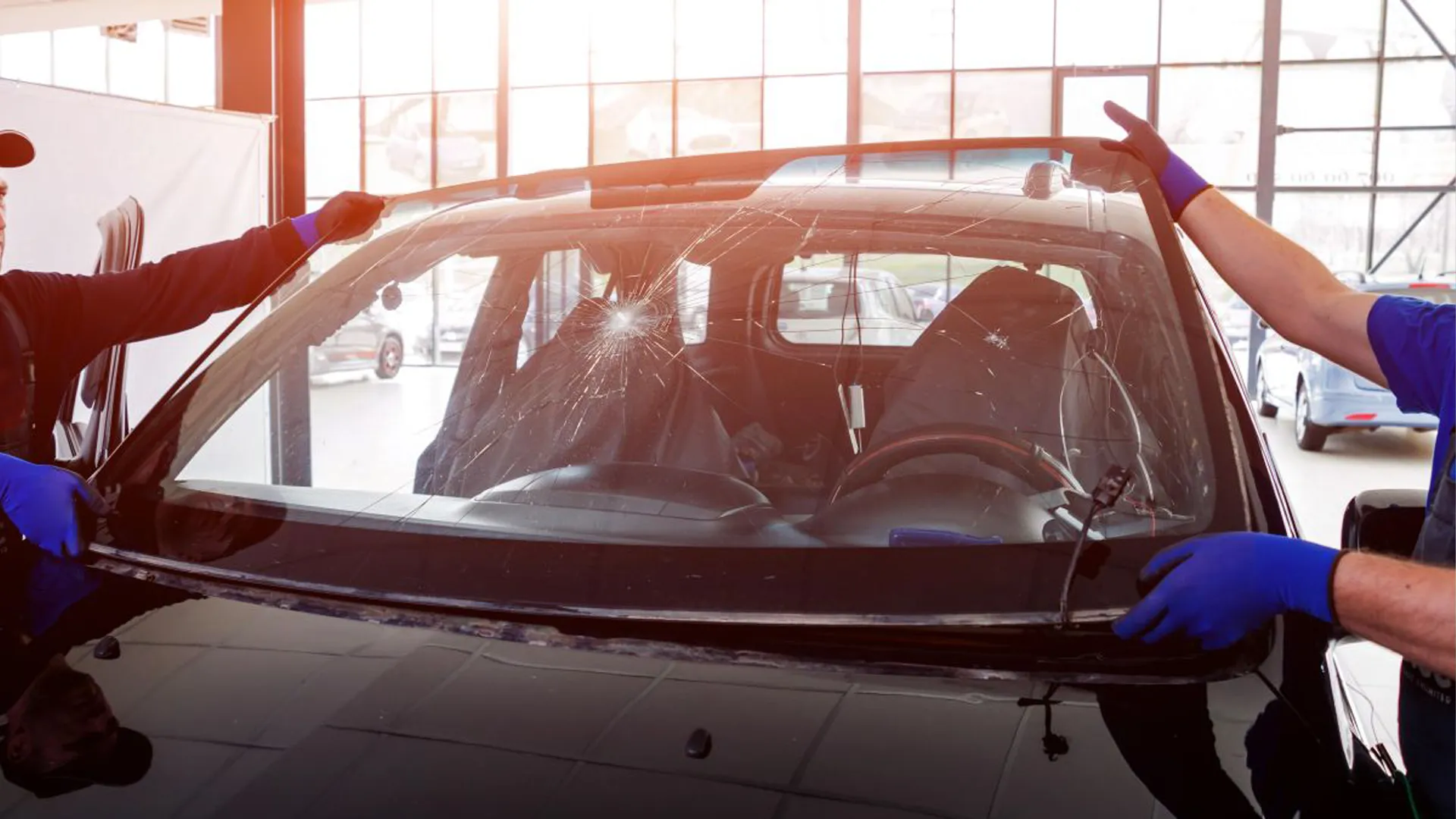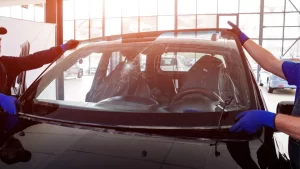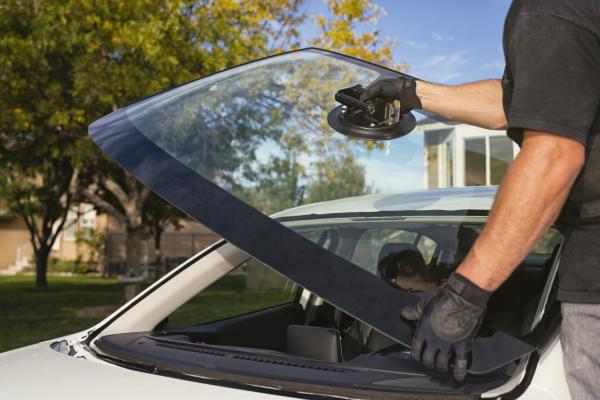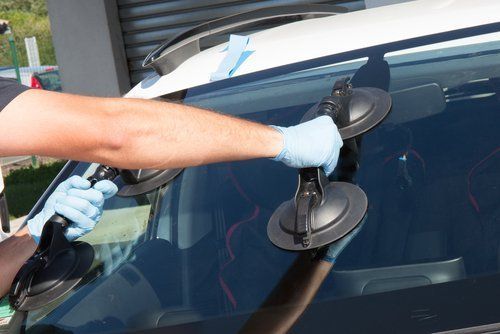The Difference Between Windshield & Window Glass
Difference Between Windshield and Window Glass for Cars: Key Insights
The difference between windshield and window glass for cars is something many car owners overlook, but it’s essential to understand for both safety and maintenance. While both types of glass serve important functions, the materials and safety features vary significantly. Knowing the distinctions between the glass used in windshields and other vehicle windows can help you make informed decisions about repairs and replacements.
What is the Difference Between Windshield and Window Glass for Cars?
The primary difference between windshield and window glass for cars is in the materials and construction. Windshield glass is made from laminated glass, whereas other vehicle windows, such as side and rear windows, are typically made from tempered glass. Both types of glass are designed for safety, but the manufacturing processes and protective features are different.
Windshields are subject to more stress from road debris, weather conditions, and accidents, so laminated glass is used to provide additional protection. Meanwhile, side and rear windows are designed to withstand impacts but are not as resistant to debris as windshields.
Laminated Glass in Windshields
The difference between windshield and window glass for cars becomes more evident when you look at the construction of the two types. Laminated glass, used in windshields, consists of two layers of glass with a plastic layer in between. This design ensures that if the windshield is cracked or shattered, the pieces will remain attached to the plastic layer, preventing glass shards from causing injury to the occupants of the vehicle.
Laminated glass provides an extra layer of safety in case of accidents or collisions. It also helps protect against flying debris from the road, which is especially important for the windshield since it’s more exposed to such hazards.
Tempered Glass for Side and Rear Windows
On the other hand, tempered glass, used in side and rear windows, undergoes a heat treatment process that makes it up to five times stronger than regular glass. This process involves heating the glass to high temperatures and then rapidly cooling it to increase its strength and durability.
If tempered glass does break, it shatters into small, rounded pieces, reducing the risk of injury from sharp glass shards. While tempered glass is strong, it doesn’t offer the same level of protection as laminated glass, especially when it comes to resisting road debris or providing added protection during a collision.
Why Does the Windshield Require Extra Protection?
The difference between windshield and window glass for cars is especially noticeable when considering the exposure of the windshield to external elements. Windshields are more likely to come into contact with road debris such as rocks, dirt, or other objects, which is why the laminated glass construction offers a higher level of protection. The additional plastic layer inside the windshield glass helps to hold the glass together in case of an impact, preventing it from shattering completely.
This layer of protection is also crucial for protecting passengers during a collision. The laminated glass reduces the risk of glass shards injuring the driver and passengers, which is why windshields are specifically designed with an extra layer of safety.
OEM Standards and Glass Replacement
The difference between windshield and window glass for cars also extends to replacement standards. All vehicle glass must meet specific safety standards set by the Original Equipment Manufacturer (OEM). These standards ensure that the glass fits properly and meets the safety requirements of the vehicle, whether it’s the windshield or the side windows.
When replacing your vehicle’s glass, it’s important to choose OEM-quality glass. OEM glass is designed to meet the manufacturer’s specifications, ensuring that it fits your vehicle’s frame and works with any advanced safety features, such as ADAS (Advanced Driver Assistance Systems), that rely on precise calibration.
Why Choose OEM Glass?
Choosing OEM glass for your windshield and windows ensures that the glass is of the highest quality and will provide the best protection for your safety. OEM glass also guarantees a perfect fit for your vehicle, which is crucial for maintaining its structural integrity and the proper functioning of advanced driver-assistance systems.
While aftermarket glass can be more affordable, it’s important to ensure it meets the necessary safety standards. Always check if aftermarket glass meets the Auto Glass Safety Council (AGSC) standards to ensure the safety of your vehicle and its occupants.
Why Choose SRG Auto Glass for Your Windshield and Window Glass Needs?
Understanding the difference between windshield and window glass for cars is important when selecting a professional service for repairs. At SRG Auto Glass, we specialize in repairing and replacing both windshield and window glass, using only the highest quality materials and techniques. Our team ensures that all glass repairs are done to OEM standards, providing you with the safety and peace of mind you deserve.
Whether you need a windshield replacement or a side window repair, we offer mobile services to repair your glass at your convenience, whether at home or work. Our experts will ensure that your vehicle’s glass is restored to its original condition, providing you with a safe driving experience.
If you want to learn more about this topic read ApolloGlassinc’s Article!
And learn how to keep your car safe in SRG Blog
